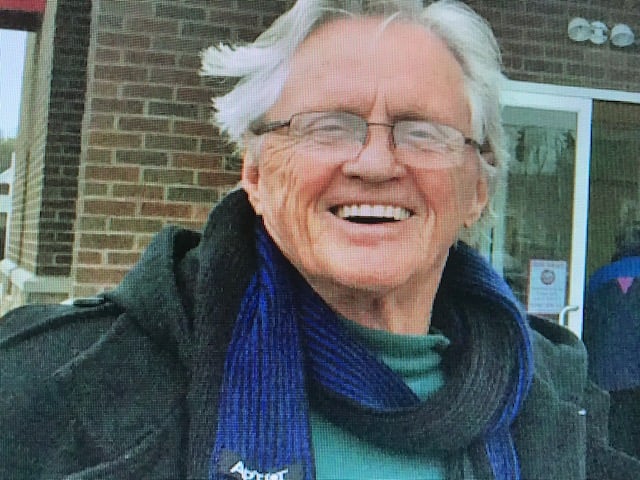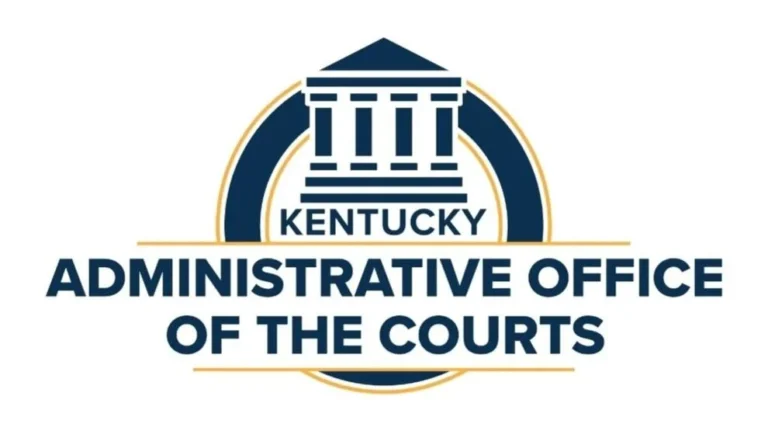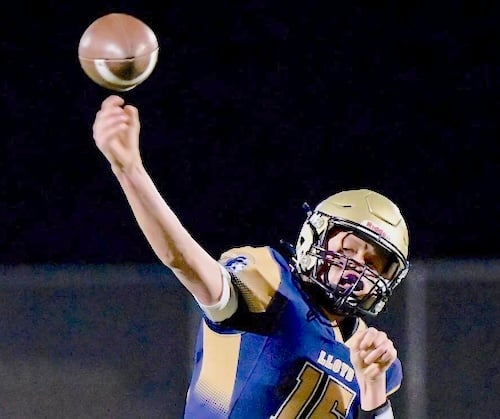
Trooper Island, a free summer camp operated by the Kentucky State Police, is observing its 50th anniversary this year by doing what it has always done: provide a fun, life-changing experience for underprivileged children from throughout the state.
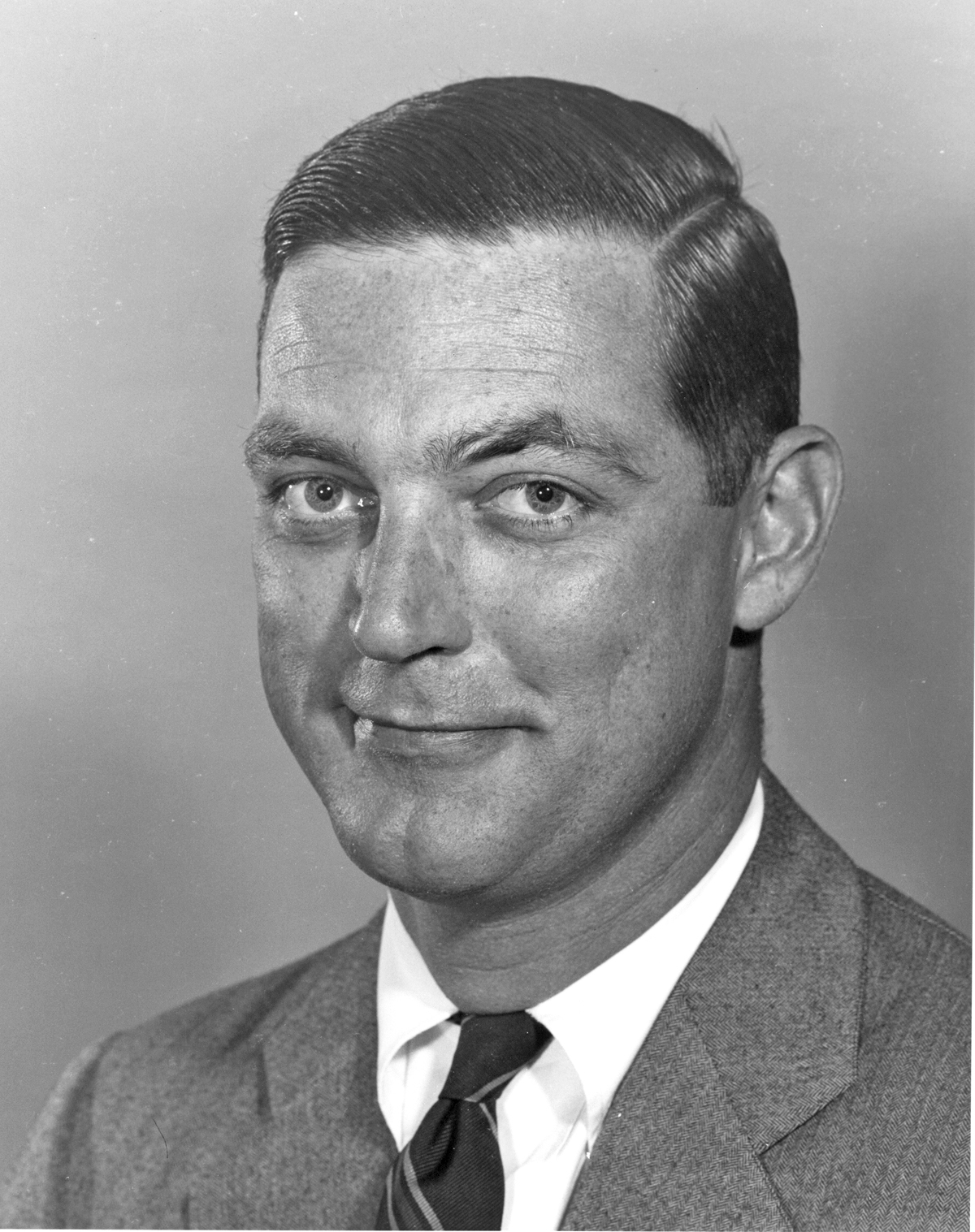
Located on Dale Hollow Lake in Clinton County near the Kentucky-Tennessee border, the 34.5-acre island hosts about 700 campers each summer. It is estimated that more than 25,000 boys and girls between 10 and 12 years old have attended the program since 1965.
While attending the one-week sessions, the campers experience a structured environment that provides plenty of fresh air, good food, recreation and esteem-building activities – all designed to enhance citizenship skills and create good relationships with law enforcement officers. Throughout their stay, the campers are guided by KSP troopers and KSP civilian employees who volunteer during their off-duty time.
“Trooper Island is a showcase venue that occupies a special place in the heart of our agency,” explains KSP Commissioner Rodney Brewer. “As a long-term program of service to the youth of Kentucky, it offers a place where the tensions and turmoil of everyday lives can be forgotten and, for one week, young people can experience a touch of hope and the desire for a better future. It’s a positive way to impact the lives of the generations of tomorrow.”

The concept for Trooper Island can be traced to James E. “Ted” Bassett III, a Lexington native who served as director of the Kentucky State Police from 1963 to 1967. (He is best known for his 40-year career with the Keeneland Association where he served as president and general manager, chairman of the board and trustee.)
Bassett believed KSP could have an impact on rising rates of juvenile delinquency by giving boys the opportunity to bond with troopers while also learning to respect the law. It was not to be a halfway house for juvenile offenders. Bassett did not think the KSP had the training or professional credentials to attempt rehabilitation, but he was convinced that the camp could provide incentives that might keep boys from getting into trouble.
“We want the youngsters to know that KSP are their friends, not their foes,” said the late KSP Lt. John Ed Tomlinson, a driving force behind the project, in a 1965 newspaper interview. “We are convinced that a little time spent with these young people on a close personal basis will have a desirable impact.”
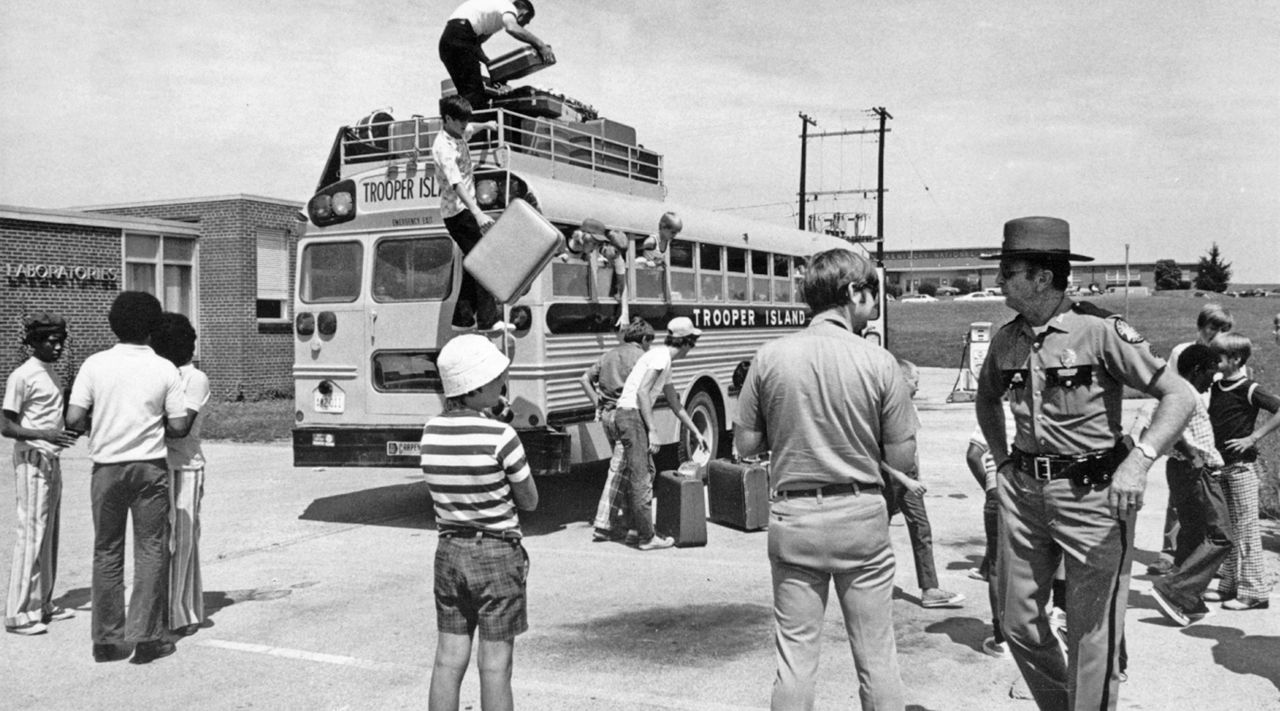
After lengthy negotiations with the U.S. Army Corps of Engineers, which owned the property, the island was leased to KSP for $1 per year for 99 years. Two challenges remained, however, one financial and one physical.
As a public agency, KSP could not use tax dollars to operate the camp. Bassett had the island registered with the Kentucky Secretary of State’s office as a nonprofit, charitable organization on Feb. 19, 1965, which permitted appeals to the general public for support. One of the early supporters included Kentucky’s Optimist Clubs, who sold bumper stickers for $5 each and honorary titles to one-yard plots on the island for $1 each. Kentucky Gov. Edward T. Breathitt bought the first bumper sticker and a Louisville physician, Dr. James W. Bryan, purchased the first honorary land title.
Other financial support came from Kiwanis Clubs, Lions Clubs, Rotary Clubs, the Keeneland Association and churches throughout the state.
The physical challenge posed problems as well. The island had been abandoned for 15 years and was in rough shape. In early 1966, Lt. Tomlinson and 25 KSP troopers began to clear the land with shovels, axes and machetes.

Despite their efforts, with campers scheduled to arrive in early July, the camp still lacked even the basics. At the last minute, members of the Radcliff Optimist Club secured a loan of tents, cots, chairs, tables and recreation equipment from the U.S. Army at Fort Knox, including two field kitchens and two GI cooks to operate them.
The island opened for its first camping season just after July 4, 1966, staffed by five troopers. Both campers and troopers were housed in tents. A formal schedule did not exist. Fun was the only goal.
Since that first day, Trooper Island has made many improvements. It now features modern housing, dining, recreation and dock facilities It offers a full curriculum of activities from fishing, canoeing, archery and crafts to courses in personal hygiene, drug prevention, water safety, environmental awareness, patriotism and self-esteem enhancement.
Each day begins with a routine that started during the early days of the camp: raising the U.S. flag and reciting the Pledge of Allegiance. Both uniformed and civilian personnel of the agency volunteer as counselors who serve as positive role models to the campers.
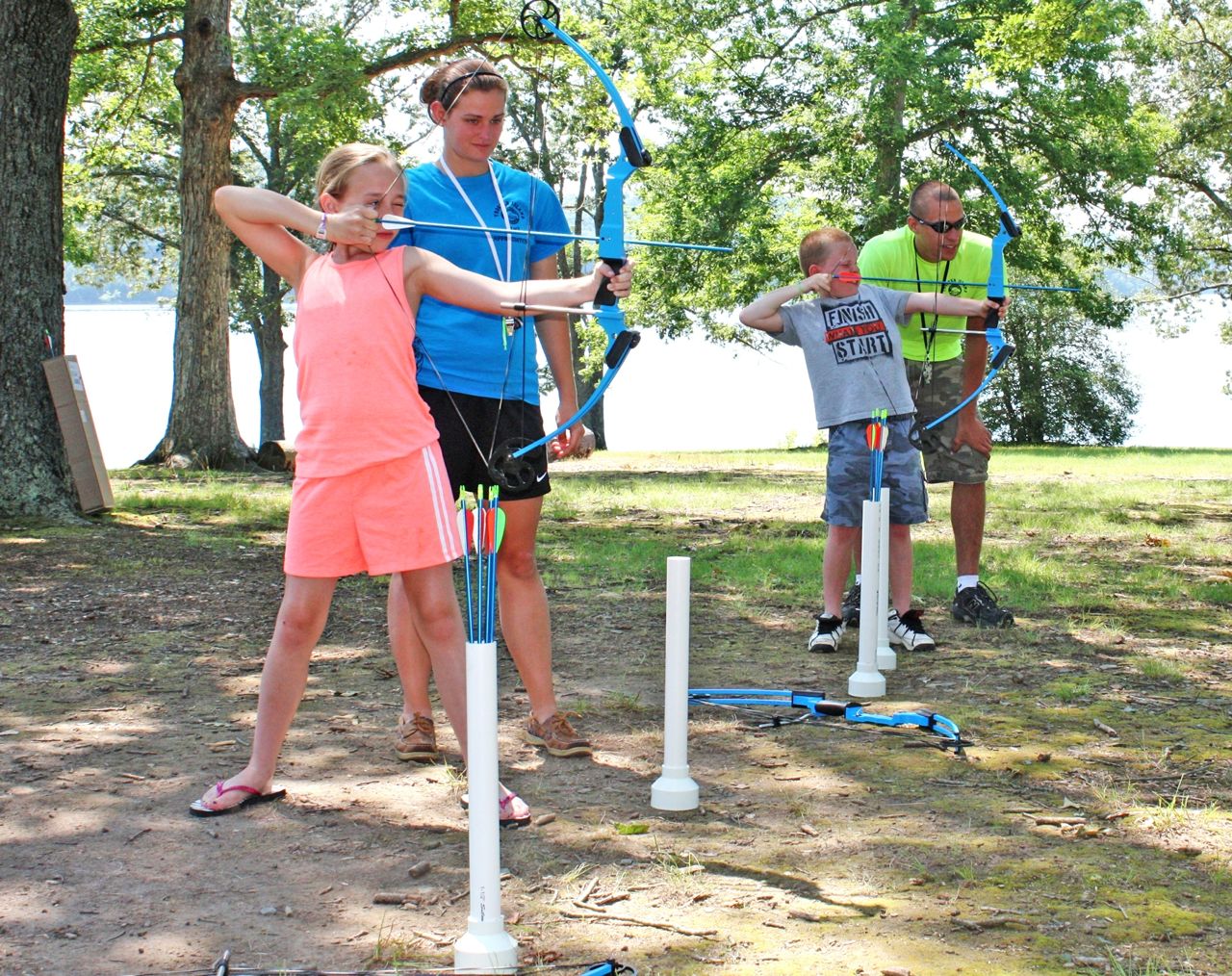
“From the beginning, the success of Trooper Island has depended on support from the private sector,” notes Brewer. “In 1966, the cost of transporting, feeding and caring for a camper for one week was $10. Today, it is considerably more. We greatly appreciate all of the business, civic and church organizations that contribute time, talent and resources to this effort. We couldn’t continue without them.”
KSP’s 16 posts also conduct local fundraising events such as golf tournaments and motorcycle runs to benefit the camp.
The camp’s major fundraiser is an annual vehicle raffle that culminates on the last day of the Kentucky State Fair in August when a winner is drawn. This year the raffle features a 2015 GMC Sierra 1500 Crew Cab SLE pickup truck. Tickets are just $10 each and are available at any KSP post or online by debit or credit card payment at trooperisland.org. Only 20,000 tickets will be sold and ticket holders do not have to be present at the drawing to win.
“It takes a lot to keep Trooper Island operating each year,” Brewer admits. “But it’s well worth the effort. It’s an investment in the future that we can’t afford to ignore.”
From Kentucky State Police















